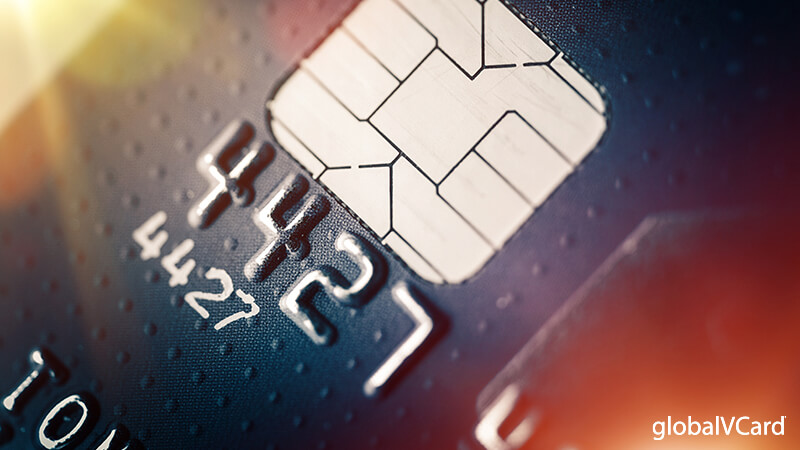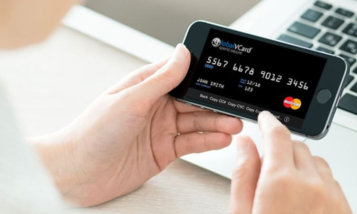Processing B2B payments can be expensive when you add up all the associated transaction fees, but there are ways to find a balance between saving money, being efficient, and ensuring the security of data.
With Commercial Cards, such as Purchasing Cards (p-cards), there are three levels of data when processing credit card transactions: Level 1, Level 2, and Level 3. These levels are distinguished from each other based on how much information is collected at the time of payment and the interchange rate (or fees) associated with the transaction level. Standard credit card data fields are Level 1, appending sales tax and unique customer codes qualifies for Level 2, while Level 3 can be thought of as invoice level detail. The theory being more detail enhances reconciliation.
Transactions made with corporate purchasing cards are priced differently from consumer credit cards, which typically are processed via Level 1 standards. Merchants who use Level 3 processing on corporate transactions can save money by leveraging lower interchange rates than the rates associated with Level 1 or Level 2 purchases. In addition, more detailed data is collected that allows them to track transactions from inception to settlement with customized reporting.
If your focus is B2B payments, Level 3 is where you want to be. It will save you substantial sums of money, particularly on large ticket transactions, and is a lot easier to implement than you may think.
Level 3 transactions involve commercial cards, such as corporate and purchasing cards, and are very prevalent with government commercial cards, which require specific line item detail for each transaction including the following:
- Merchant name and address
- Invoice number
- Tax amount
- Item description
- Unit of measure
- Unit price
- Quantity
- Freight amount
- Product and commodity codes
When this additional data is captured, interchange rates can be significantly reduced and reconciliation is streamlined for merchants reducing manual data entry and exception handling. Extra reporting is also utilized by corporate customers making it easier for them to monitor and control internal spending by enabling credit restrictions that dictate how and when their corporate purchasing cards can be used.
With all this extra information to collect, it may seem that setting up Level 3 payments processing would be a cumbersome undertaking. It’s not. Although standard credit card terminals do not support Level 3 processing, specialized payment software is available and accessible through secure website applications that automatically populate and communicate the required data fields.
Submitting the Level 3 data can also be achieved by collaborating with reputable payments organizations that provide processing solutions compatible with all major processing platforms. In fact, many merchants accepting Level 3 transactions integrate payment acceptance directly into their accounting/ERP system which eliminates the need for manual entry of the line item detail.
Collecting Level 3 information provides a measurable financial opportunity for merchants that accept purchasing or ‘virtual cards’ from their corporate or government customers. In situations where there are especially large transactions – a.k.a. Large Ticket Interchange (LTI) purchases – commonly seen in the B2B sector, the merchant savings can become exponential. Even just one large corporate card or LTI transaction per year validates the investment in Level 3 processing capabilities.
The bottom line is that Level 3 transactions offer lower interchange fees that save merchants money and provide more secure and streamlined reporting capabilities for B2B payments. Your next step? If you’re a merchant, align your business with a merchant processor who can process Level 3 data, and if you’re a corporate buyer, align yourself with a commercial card provider that can deliver Level 3 data, and then both sides can start realizing the efficiency, security, and savings that your corporate purchasing card transactions can generate.



